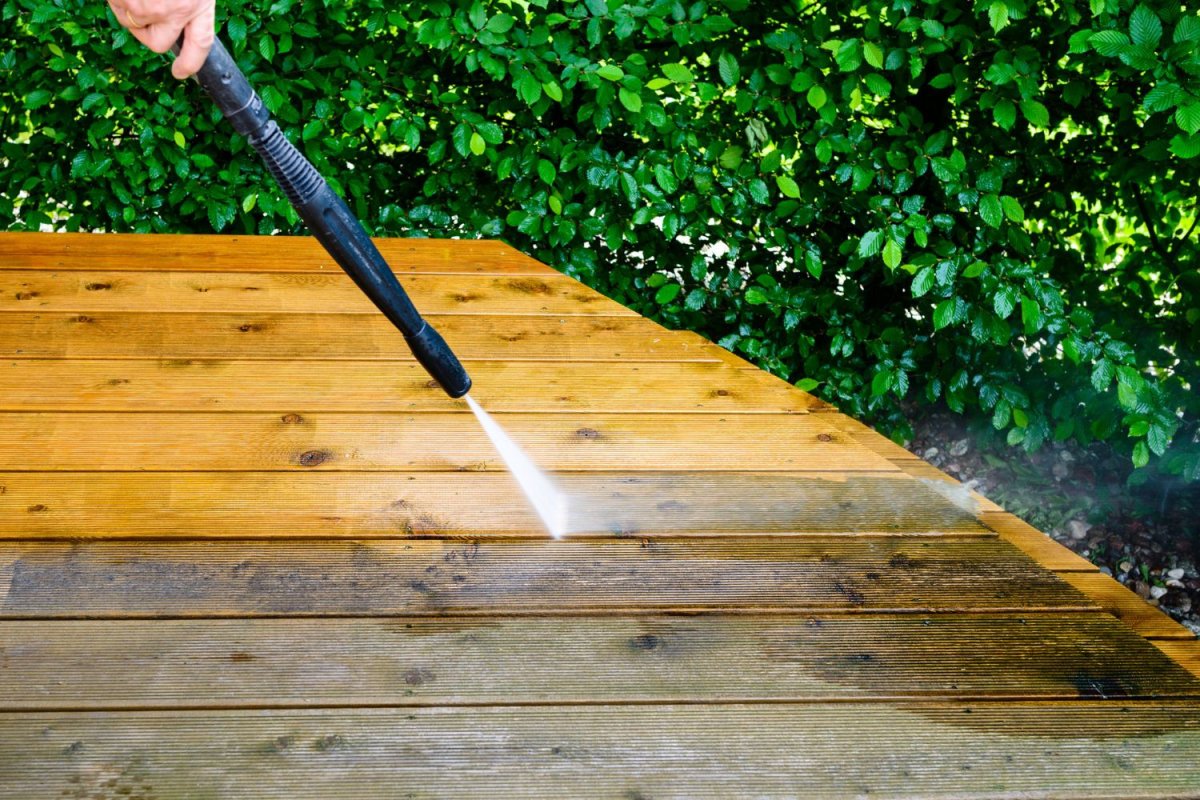Transform Your Home's Exterior With Effective Pressure Washing Techniques for Driveway Cleaning
Transforming your home's outside requires a calculated approach, especially when it comes to driveway cleaning. Using effective stress cleaning methods not just enhances the aesthetic allure but likewise adds to the longevity of your surface area. Several property owners ignore essential steps that can dramatically impact the efficiency of the cleansing process.
Comprehending Stress Cleaning Basics
Comprehending the principles of stress washing is vital for reliable driveway cleaning. Pressure washing uses high-pressure water streams to get rid of dirt, grime, mold, and other pollutants from surface areas. Power Pressure Washing. The procedure relies upon the concept that the pressure of water can effectively dislodge debris without causing damage, making it a preferred technique for preserving driveways
Key elements of stress cleaning include water stress, flow rate, and nozzle selection. Water stress, gauged in pounds per square inch (PSI), figures out the force of the water jet.
Nozzle selection is crucial, as various nozzles develop varying spray patterns and pressures. A zero-degree nozzle concentrates water right into a narrow stream, making it excellent for hard spots, while a bigger follower nozzle disperses water over a bigger area for basic cleaning. Recognizing these fundamentals makes certain efficient and effective driveway cleansing results while lessening the risk of damages.
Vital Tools for Pressure Laundering
To attain ideal outcomes in driveway cleaning, having the ideal equipment is vital. The core component of pressure cleaning is, obviously, the stress washing machine itself. These machines are offered in electric and gas designs, with gas-powered alternatives commonly offering greater stress and flow rates, making them appropriate for harder stains and larger locations.
Along with the pressure washing machine, a selection of attachments can improve your cleansing efficiency (House Washing). A surface cleaner accessory is specifically reliable, as it allows for even distribution of pressure across a wider area, minimizing spotting and ensuring an uniform clean. Nozzles with varying degrees of pressure-- frequently varying from no to 40 levels-- are essential for tackling various surface areas and discolorations without creating damages
Safety and security equipment is additionally crucial. Protective glasses, handwear covers, and non-slip shoes assistance guarantee a secure working environment. Lastly, a sturdy expansion cable (for electrical versions) and a dependable water resource are required for undisturbed operation.
Preparing Your Driveway for Cleaning Up

Following, clear the driveway of debris, leaves, and dust using a mop or blower. This step protects against debris from obstructing the pressure washing machine's nozzle and assists achieve an extra consistent clean. In addition, check the surface for any type of splits or loose products. Dealing with these concerns beforehand can stop further damages throughout washing.
Ensure that nearby windows and doors are closed to avoid water from entering your home during the stress cleaning procedure. By adhering to these prep work actions, you established the phase for a effective and effective driveway cleansing experience.
Step-by-Step Pressure Washing Process
With the driveway prepared and any potential obstacles removed, it's time to initiate the stress cleaning procedure. Begin by choosing the proper stress washer, generally an unit with a PSI (extra pounds per square inch) of 3000 or greater for efficient driveway cleaning. Connect a suitable nozzle, generally a 25-degree or check my source 40-degree nozzle, to guarantee a balance in between stress and surface safety.
Next, load the stress washing machine with water and, if preferred, include a specialized cleaner to improve grime elimination. Begin with one why not find out more end of the driveway, maintaining a consistent distance of 12 to 18 inches from the surface area (Soft Washing). Make use of a sweeping motion, overlapping each pass a little to guarantee uniform insurance coverage. For greatly stained areas, consider utilizing a slow, concentrated technique, allowing the cleaner to function successfully.

Maintaining Your Driveway Post-Cleaning
Routine upkeep is essential for protecting the tidiness and long life of your driveway after stress washing. To ensure your driveway stays in ideal problem, take on a routine cleaning schedule. Sweep the surface area regular to get rid of particles, leaves, and dirt, which can accumulate and create spots or staining.
In addition, take into consideration using a sealer to protect your driveway from the elements. Sealants serve as a barrier against wetness, oil, and other pollutants, minimizing the probability of discoloration and destruction. Reapply the sealer each to 3 years, depending upon the product of your driveway and regional weather condition conditions.
Immediately attend to any type of spills or spots by utilizing suitable cleaning representatives. For oil discolorations, a degreaser can be efficient, while rust spots may require a specialized remover. Constantly adhere to the maker's standards for any type of products made use of to stay clear of damages.
Final Thought
In final thought, efficient stress cleaning methods considerably boost the appearance and durability of a driveway. Using a pressure washing machine with sufficient PSI, picking the appropriate nozzle, and sticking to a methodical cleansing process are crucial for ideal outcomes.
Understanding the basics of stress washing is necessary for effective driveway cleaning.Trick components of pressure cleaning include water pressure, circulation price, and nozzle selection. The core element of stress washing is, of program, the stress washing machine itself.Before beginning on the stress cleaning process, it is vital to adequately prepare your driveway to guarantee reliable cleansing and protect the surface. Begin by choosing the ideal pressure washer, typically a system with a PSI (extra pounds per square inch) of 3000 or greater for effective driveway cleaning.